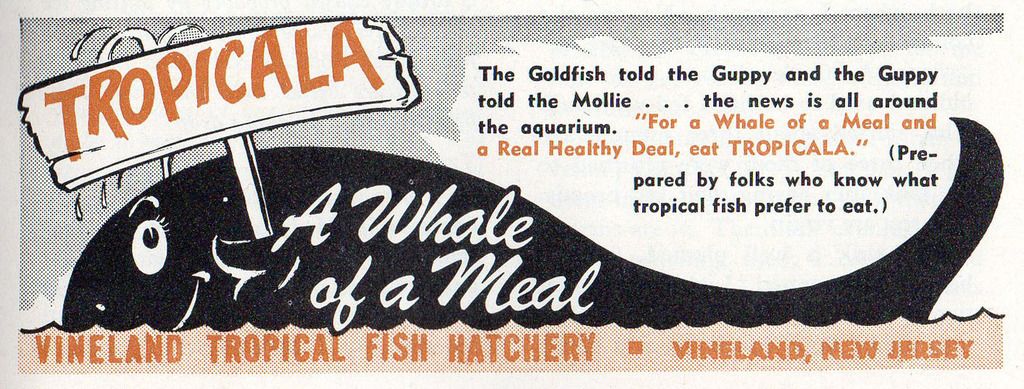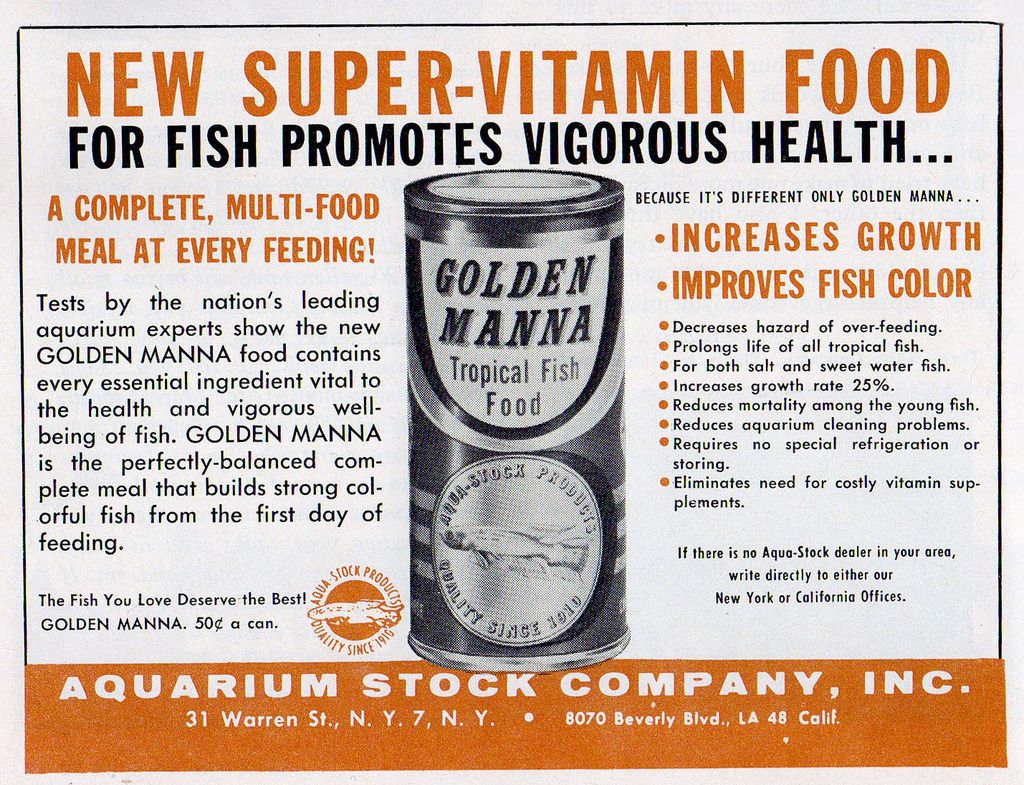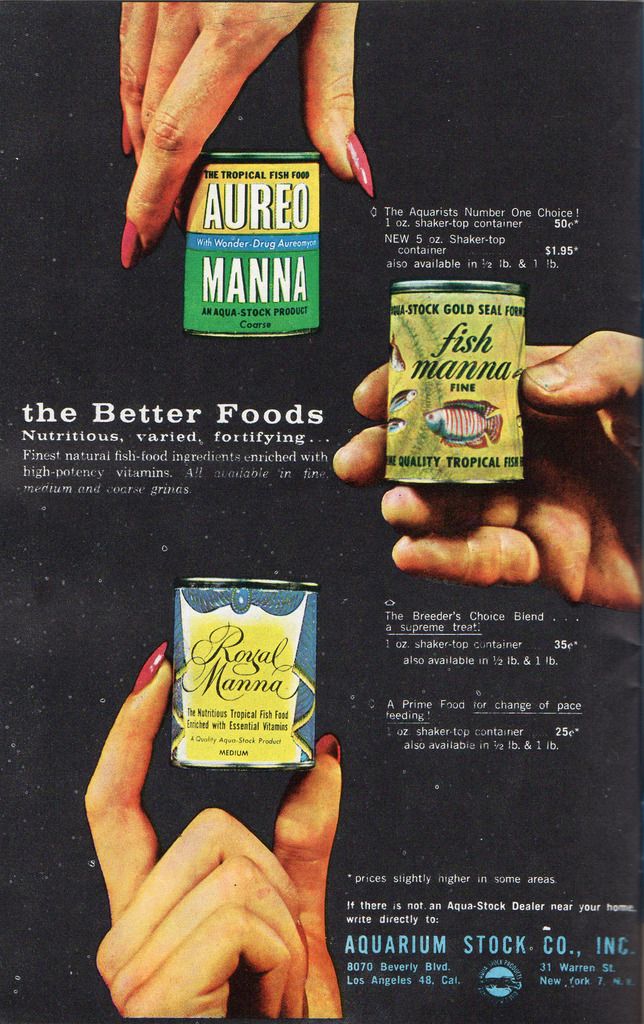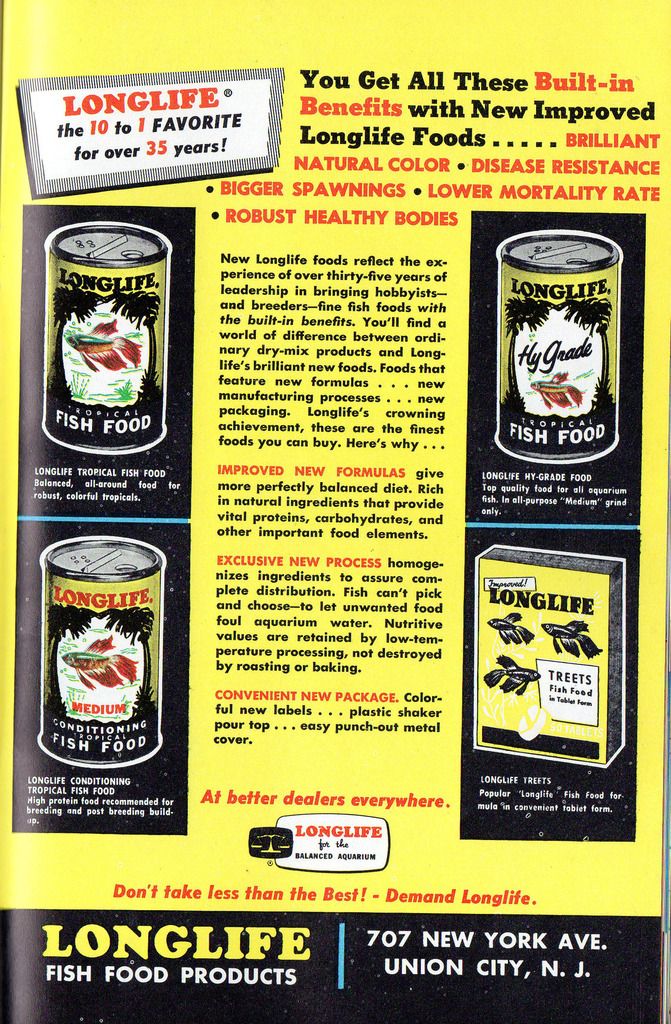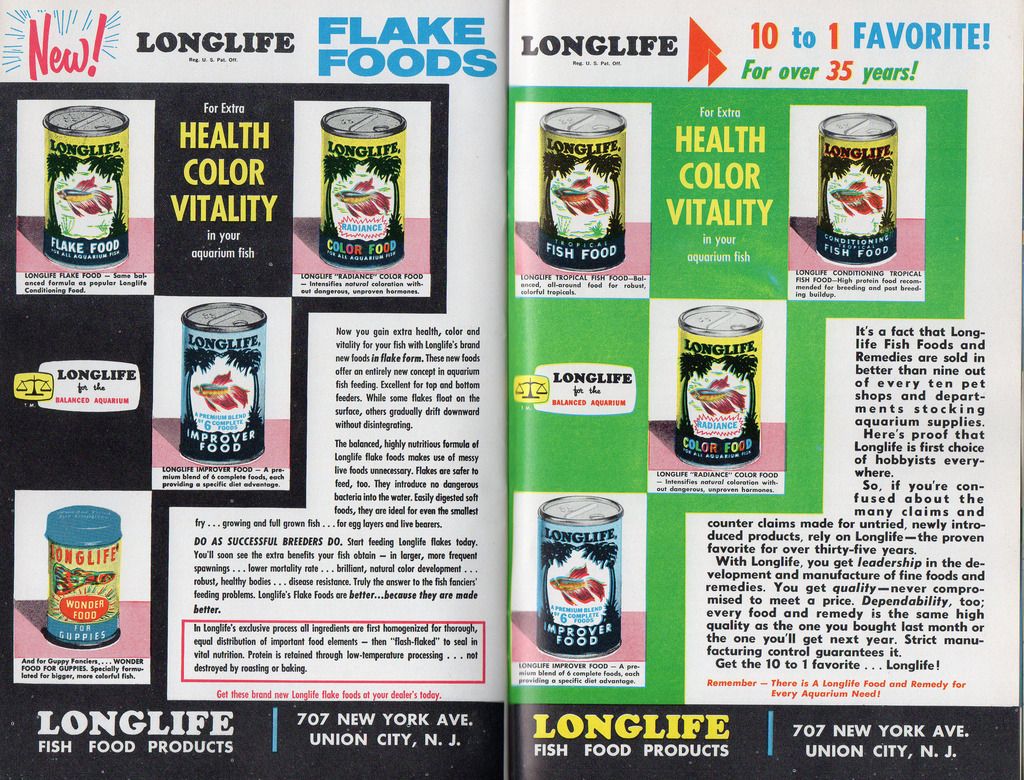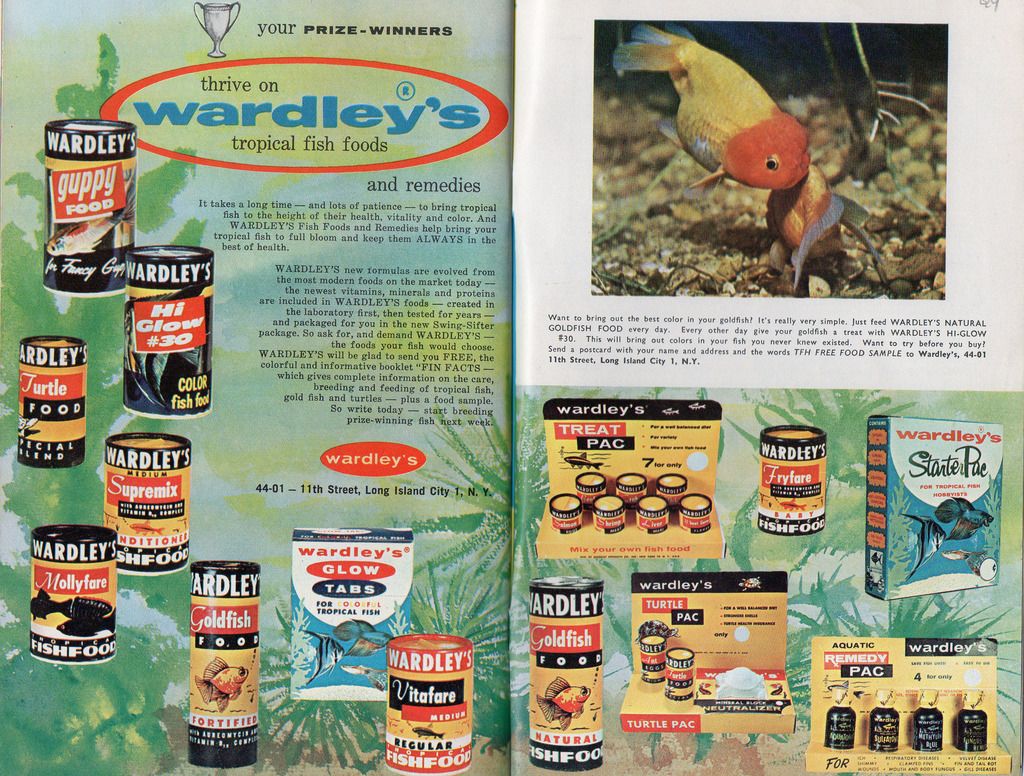Don't get me wrong - I agree entirely with both AoA and malawiman about the importance of trend data. Its why I'm forever pointing people to the importance of having their own kits and testing to establish how often they need to do water changes etc.
The point I'm making is that trend data is useless if your kit is providing a result of 80ppm or 160ppm EVERY time you test, irrespective of what the actual nitrate level is. This is what we seem to be finding all too often. How do you possibly reconcile that data into anything useful in the way of a maintenance regime?
I also suspect that at times the nitrate kits are giving readings lower than actual. This problem is less likely to be picked up.
These issues aren't batch specific, and are being seen in other countries as well. The problems may well be only a small proportion of kits, but it places doubt over EVERY kit. How do we predict which are "good" and which are "bad"?
- dicky7 likes this




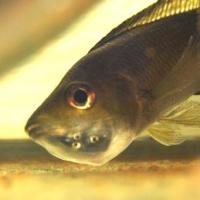
 Find content
Find content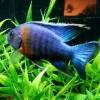


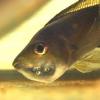 Posted by
Posted by 